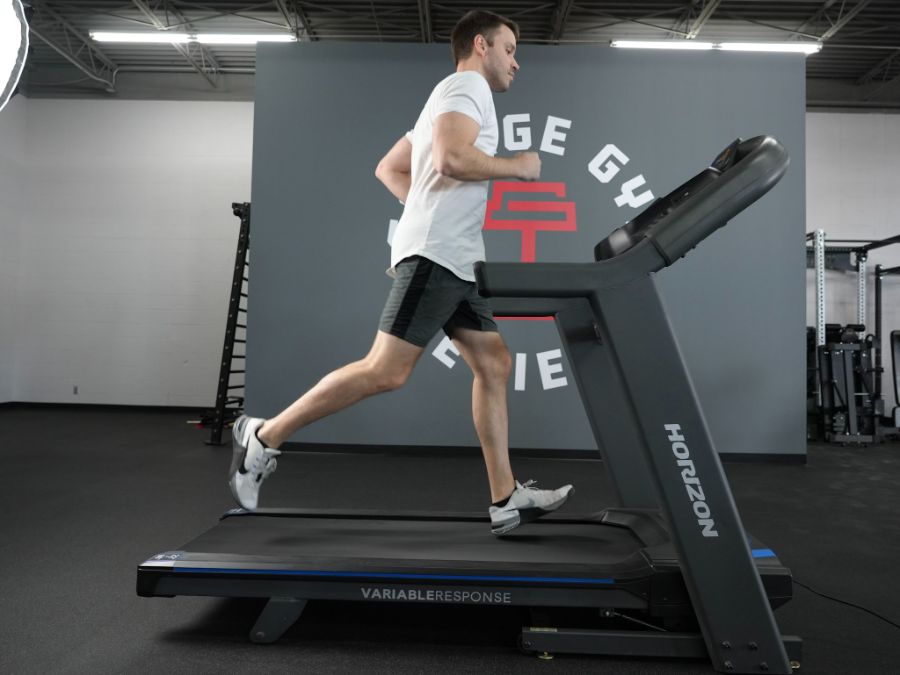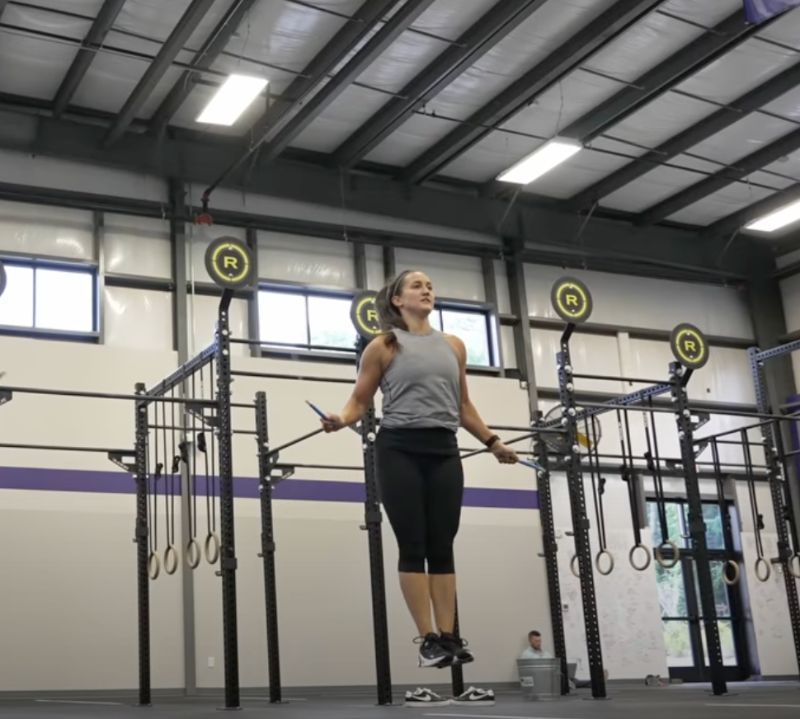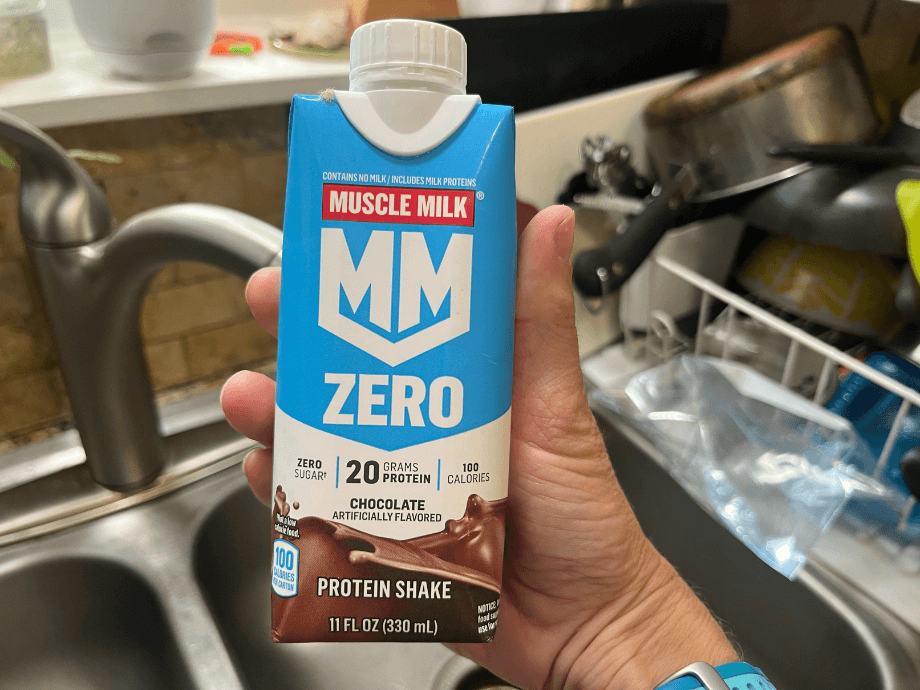Treadmills are popular exercise machines for just about anyone of all fitness levels. They allow work-from-homers to increase step counts without leaving their desks; runners to avoid torrential downpours; and everyone in between the chance to improve their health.
If you’ve been foot-striking the tread belt as a way to lose weight or improve your wellness, you’re likely wondering, “Are treadmill calories accurate?” And if those calorie counts aren’t right on track, how else can you measure your workout?
Ahead, we “run” into the data on whether or not treadmill calories are accurate. We also explore other methods to ensure you make each workout effective to meet and crush your fitness goals!
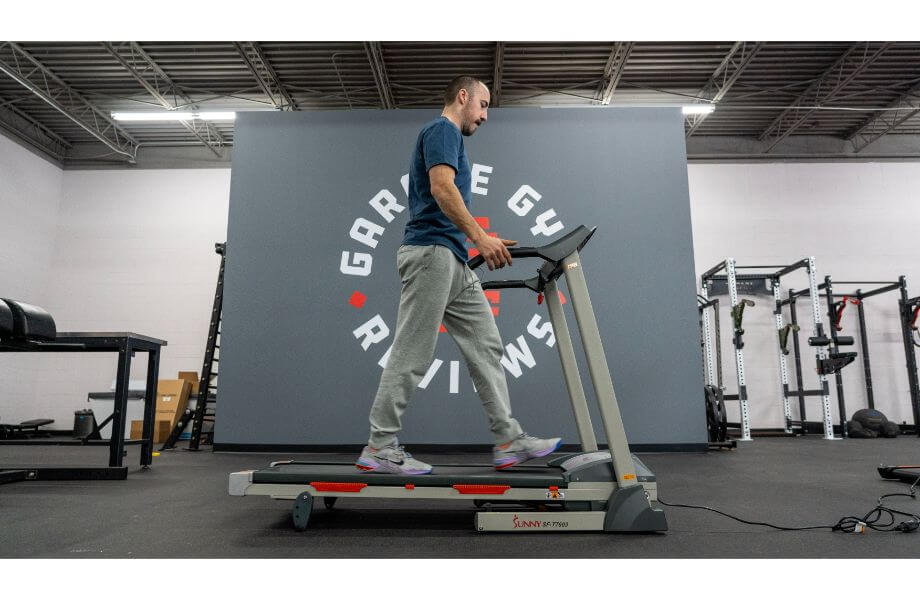
Factors That Affect Your Calories Burned
Calories are simply a measure and unit of energy. Calorie burn, also called energy expenditure, refers to the amount of calories/energy the body uses for essential functions (such as breathing and digesting food) and physical activity.
Many important factors affect the number of calories burned throughout the day and while exercising. These include body weight and composition, biological gender and age, fitness level, health and medical conditions, and workout intensity.
Body Weight and Body Composition
People who weigh more tend to naturally burn more calories since it takes more energy to move a heavier body, according to a 2016 report in the journal Advances in Nutrition1. So if you compare two people with different body weights, the one who weighs more will burn more calories during a given activity.
What’s more, people who carry more muscle are more likely to burn more calories than those with more fat mass, according to a 2013 study in the journal Adipocyte2. This is because muscle is more metabolically active than fat, meaning it requires more energy to sustain itself. When comparing two people with the same body weight, the one with more muscle will generally expend more energy.
Biological Gender And Age
Men tend to burn more calories than women, as men often weigh more and carry more muscle mass. A 2017 study in the journal Advances in Experimental Medicine and Biology3 explains this well: While women can certainly build muscle, they are biologically primed to carry more body fat to support hormonal production and their childbearing years.
Aging men and women often burn fewer calories compared to younger individuals. This is likely due to a decline in muscle mass and physical activity that often comes with age. Starting and keeping up with resistance training can help build and preserve muscle.
Fitness Level
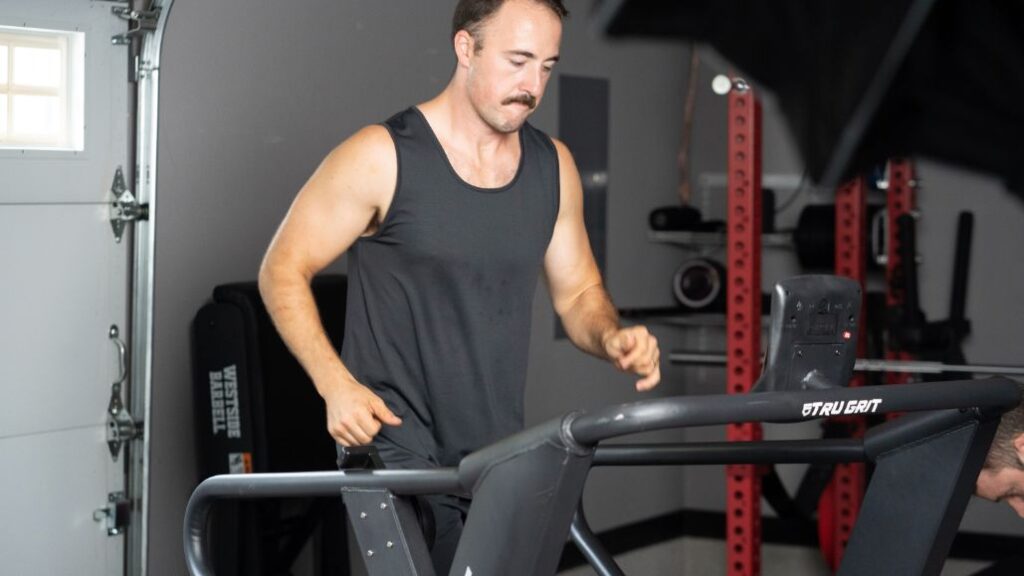
The more you do a certain exercise, the more effortless it becomes. And this is a great advantage! If you think about training for a race, you want your legs, heart, and lungs to work more efficiently.
Calorie burn is often affected by this efficiency, though. Because their bodies are learning to adapt, beginner exercisers are more likely to burn more calories than someone who’s been doing the same workout for years. This is called a dose-response, according to an older (2001) study in the journal Medicine and Science in Sports and Exercise4. Regularly varying your workout routine not only leads to more fitness benefits but may also enhance calorie burn.
More trained athletes do seem to have the upper hand while at rest, though. An August 2018 study in the journal Clinical Nutrition Experimental5 suggests trained individuals have a higher resting metabolic rate compared to people who are more sedentary. Researchers hypothesize the difference relates to body composition, specifically the higher amount of lean mass that trained athletes possess.
If curious about your personal fitness levels, the Bruce Protocol Treadmill Test is a reliable way to judge your cardio fitness. The test measures VO2 max and METs, which is explained in greater detail below.
Workout Intensity
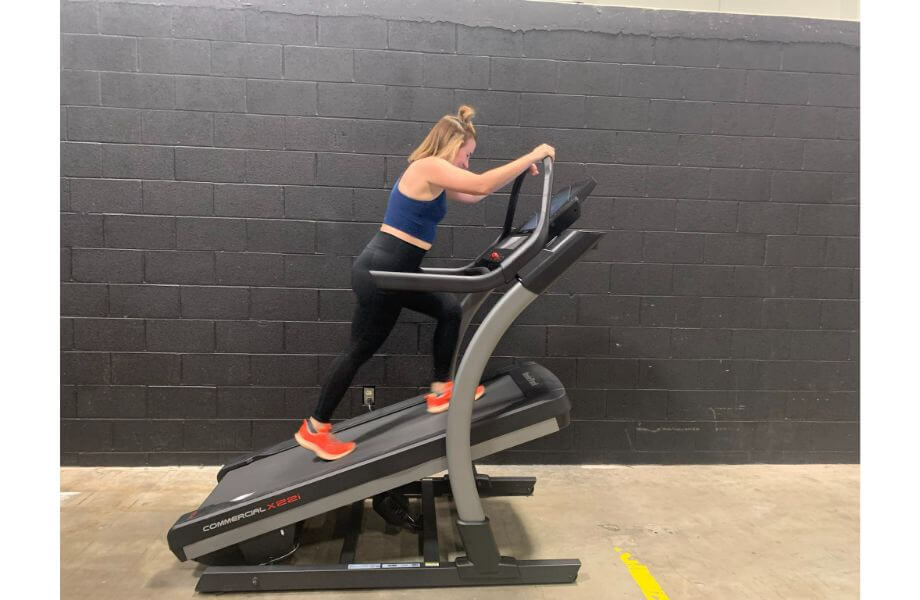
Both steady-state cardio and HIIT (high-intensity interval training) both offer great health benefits. However, generally the more intense an activity, the more calories an individual burns.
HIIT workouts also have a better caloric afterburn, also known as excess post-consumption oxygen consumption (EPOC). Post-HIIT, the body requires more oxygen to recover properly and therefore burns more calories, according to a recent study in the journal Obesity Review6.
How Treadmill Calorie Counters Work
Before getting into how treadmill calories work, knowing how to calculate and estimate calories burned is helpful. One common way energy expenditure is calculated is with metabolic equivalents, or simply METs.
An earlier, yet profound, 2005 study published in the Journal of Applied Physiology7 suggests METs can be defined as “the ratio of work metabolic rate to a standard RMR of 1.0 kcal.” Or, a MET compares your active metabolic rate to your resting metabolic rate, which is designated as 1 MET, in relation to body weight.
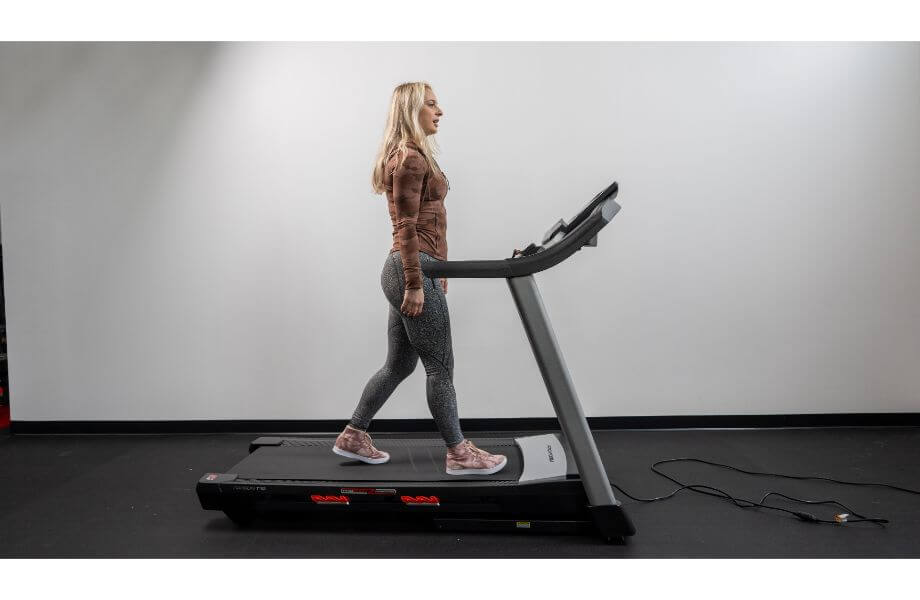
All activities are assigned a MET intensity level, ranging from sleeping (0.9 MET) to running at a speed of 17.4 km/h (18 METs). To find out calories expended for a given exercise, refer to the Compendium of Physical Activities for more MET values then plug in Cornell’s METS to Calories Calculator online calculator.
It’s important to note that METs were not developed to precisely determine the energy cost of physical activity. In fact, the researchers of the 2005 study in the Journal of Applied Physiology2 imply MET measurements overestimate expended calories.
Treadmill Calorie Count Accuracy
So, what does this mean for the accuracy of calorie counts on treadmills? Like most answers in the health world, it depends.
Since METs consider body weight, entering your weight into the machine can enhance the accuracy of the calorie count. But not all treadmills account for individual weights, which can lower the accuracy.
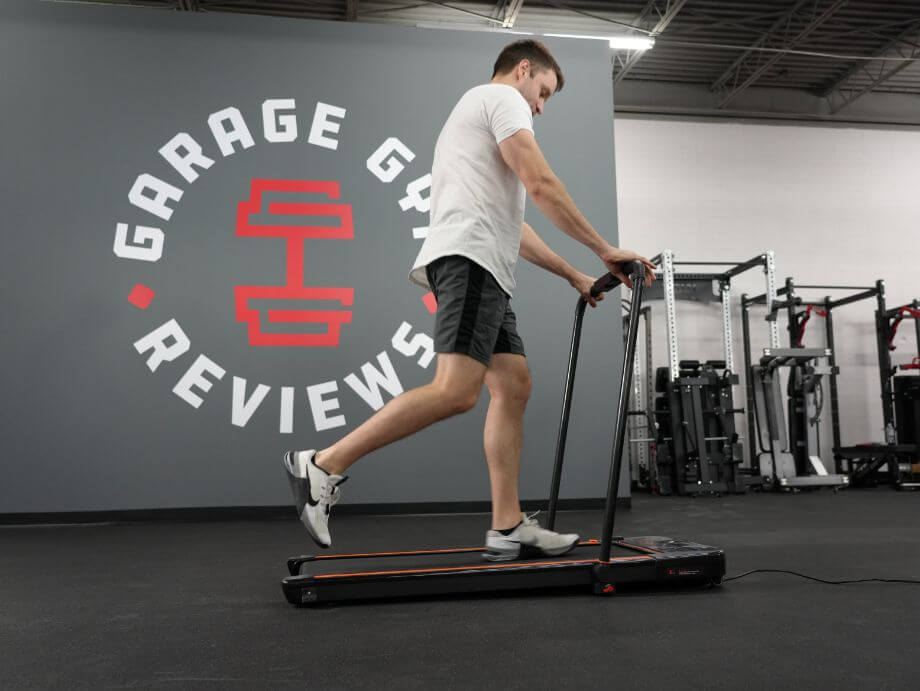
Another factor to consider is whether or not you use the handrail. While it can offer support, using the handrail can adjust the resistance of the workout and impact calorie burn.
For the most part, treadmill calorie counts are not always accurate and discount important factors like fitness level. The tracked calories should be used as calorie estimates, in addition to considering other ways to track your workout.
Other Ways to Track Your Workout
If the treadmill does not measure calories accurately, how are you supposed to know if you had an effective workout? Rest easy knowing calorie counters are not the be-all and end-all.
Other methods can help gauge the success of your workout. (Although tackling a workout in and of itself is the ultimate win worth celebrating!)
Wear a Fitness Tracker
Fitness watches and other wearable fitness trackers help track a variety of metrics, including daily step count, calorie expenditure, and heart rate. Most fitness trackers also have the ability to track various activities, including an indoor treadmill workout.
Some of the best fitness trackers include brands like Fitbit, Garmin, and Whoop. All in all, there are many to choose from to best fit your fitness and budgeting needs.
Aim for Official Cardio Recommendations
Instead of focusing on burning calories during exercise, aim to meet cardio/aerobic exercise recommendations set by reputable organizations. The American Heart Association8 (AHA) recommends getting at least 150 minutes of moderate-intensity aerobic activity or 75 minutes of vigorous aerobic activity per week.
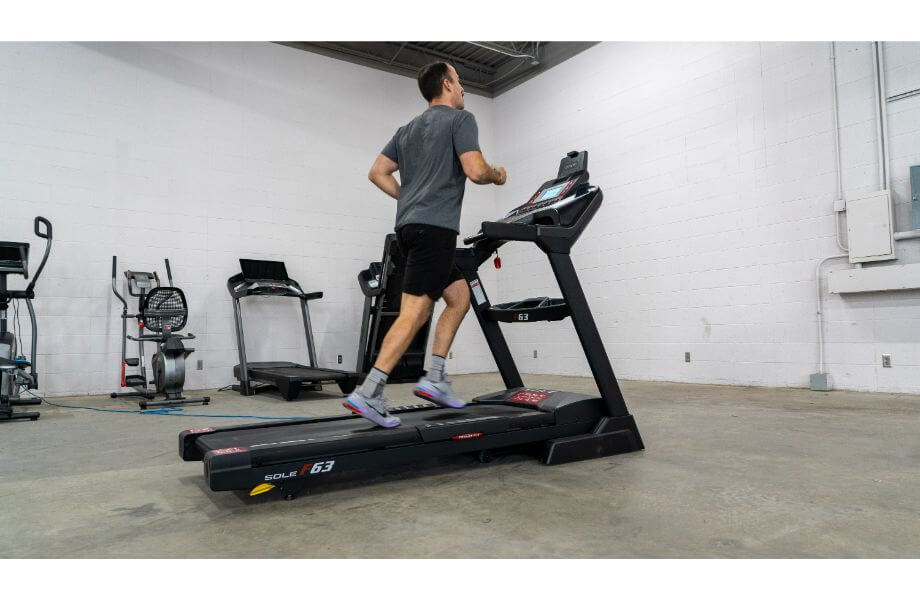
The AHA further suggests getting a combination of moderate-intensity and vigorous activities each week. That said, both steady-state cardio and high-intensity training on the treadmill can ensure effective workouts.
Also important to note, especially if just beginning your fitness journey, is that it’s important to ease into these recommendations. Starting small and gradually increasing time and intensity helps keep you injury-free and on track to meeting your fitness goals!
Monitor and Train Your Heart Rate
While speed and time are objective measures, how can you objectify intensity? Monitoring your heart rate and training with heart rate zones might just be your answer!
First determine your max heart rate, or the max number of times the heart beats in one minute, using this equation:
- 220 – age in years (subtracting your age from 220)
For example, a 30-year-old’s max heart rate is 180 beats per minute (BPM). So, 180 is the maximum number of heartbeats in a minute.
The AHA9 suggests a target heart rate during moderate-intensity activities of about 50-70% of maximum heart rate. Vigorous physical activity should be about 70-85% of your maximum max heart rate. The 30-year-old’s target heart rates equate to:
- Moderate-intensity activities (50-70% of max heart rate): 90-126 BPM
- Vigorous-physical activity (70-85% of max heart rate): 126-153 BPM
Now begs the question, how can you effectively monitor your heart rate while exercising? Fitness trackers like wrist monitors are often the most commonly used, although chest straps tend to be the most reliable.
If you don’t have access to a digital heart rate monitor, assess your heart rate and workout by measuring your pulse10 on your wrist. Set a timer, count the pulse/heartbeat for 30 seconds, then double the counted number to estimate beats per minute.
You can also place a finger over the pulse point of the neck and count the number of pulses in one minute. While the accuracy is commonly low due to human error, it is free of charge and requires no equipment.
Journal and Track Your Workouts
Tracking personal workouts is extremely valuable in terms of tracking progress. This is because everyone has different and unique factors that come into play, including their current body composition and fitness level.
Specifically when tracking your treadmill workouts, jot down how your pace, speed, duration, and other metrics you find of interest. Also reflect on how you are physically and mentally feeling, which is also helpful for ensuring you’re allowing for proper rest and recovery.
As you get into the groove of tracking, you’ll likely start noticing progressive patterns such as running or jogging for longer. Use the metrics to track effective progress, as well as motivation to increase the speed, intensity, and duration from one workout to the next.
Final Thoughts: Are Treadmill Calories Accurate?
So, are treadmill calories accurate? Hardly, and that’s okay!
Instead of solely fixating on calories on the treadmill, use them as rough calorie estimates. Use other methods to track your workout effectiveness like heart rate monitoring, too.
Also, it may be helpful to shift the way you think about treadmills and other cardio machines, such as elliptical machines and stationary bikes. Try viewing them as cardio equipment to strengthen your heart, mind, and overall health.
The calories might not be entirely accurate on the treadmill. However, the hard work and time you commit to yourself on the treadmill is the largest payoff!
Are Treadmill Calories Accurate? Q&A
How far off are treadmill calories?
Based on METs, the 2005 study2 suggests calories can be overestimated by up to 20%. Adjusting for factors like weight, fitness level, and body composition can help increase the accuracy of treadmill calories.
How many calories can you burn in 30 minutes on a treadmill?
A recent 2021 Harvard Health review11 shows calories burned in various 30-minute activities such as walking, jogging, and running. The review further highlights calorie burn amongst three different body weights, specifically 125 pounds, 155 pounds, and 185 pounds.
| 125-lb person | 155-lb person | 185-lb person | |
| Walking: 3.5 mph (17 min/mile) | 107 | 133 | 159 |
| Walking: 4 mph (15 min/mi) | 135 | 175 | 189 |
| Walk/jog combo: jog <10 min | 180 | 216 | 252 |
| Running: 5 mph (12 min/mile) | 240 | 288 | 336 |
| Running: 7.5 mph (8 min/mile) | 375 | 450 | 525 |
| Running: 10 mph (6 min/mile) | 453 | 562 | 671 |
Overall, the table helps prove that the more you weigh and the faster you move, the greater the calorie burn.
Can you lose belly fat on a treadmill?
The treadmill can be a great way to burn calories and create a calorie deficit. But despite tackling the best treadmill workouts for weight loss, exercise is only a small piece of the fat-burning puzzle.
When it comes to sustainable weight loss, nutrition is the most important piece. Eating a balanced diet rich in lean protein, fiber, and healthy fat sources helps people lose and maintain weight while improving physical performance and enhancing recovery.
Additional factors to lose body fat (and keep it off) include ensuring adequate sleep each night and implementing resistance training at least twice per week. A personal trainer and dietitian can help you get started!
References:
- Carneiro IP, Elliott SA, Siervo M, et al. Is Obesity Associated with Altered Energy Expenditure?. Adv Nutr. 2016;7(3):476-487. Published 2016 May 16. doi:10.3945/an.115.008755
- McPherron AC, Guo T, Bond ND, Gavrilova O. Increasing muscle mass to improve metabolism. Adipocyte. 2013;2(2):92-98. doi:10.4161/adip.22500
- Bredella MA. Sex Differences in Body Composition. Adv Exp Med Biol. 2017;1043:9-27. doi:10.1007/978-3-319-70178-3_2
- Ross R, Janssen I. Physical activity, total and regional obesity: dose-response considerations. Med Sci Sports Exerc. 2001;33(6 Suppl):S521-S529. doi:10.1097/00005768-200106001-00023
- Fonseca DC, Sala P, de Azevedo Muner Ferreira B, et al. Body weight control and energy expenditure. Clin Nutr Exp. 2018;20:55-59. doi:10.1016/j.yclnex.2018.04.001
- Panissa VLG, Fukuda DH, Staibano V, Marques M, Franchini E. Magnitude and duration of excess of post-exercise oxygen consumption between high-intensity interval and moderate-intensity continuous exercise: A systematic review. Obes Rev. 2021;22(1):e13099. doi:10.1111/obr.13099
- Byrne NM, Hills AP, Hunter GR, Weinsier RL, Schutz Y. Metabolic equivalent: One size does not fit all. J Appl Physiol. 2005;99(3):1112-1119. doi:10.1152/japplphysiol.00023.2004
- American Heart Association. American Heart Association Recommendations for Physical Activity in Adults and Kids. 2018;18(4)
- American Heart Association. Target Heart Rates Chart. 2021;09(5)
- American Heart Association. Understanding your pulse (heart rate).
- Harvard Health Publishing, Harvard Medical School. Calories burned in 30 minutes for people of three different weights. 2021;08(3).


